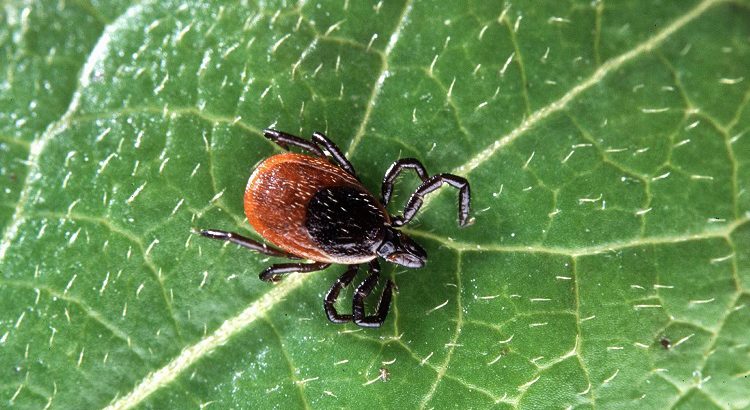Each month, we set the facts straight regarding a popular health and wellness myth.
This month’s myth: The best way to safely remove an attached tick off of your body is by suffocating it with petroleum jelly or nail polish.
With warmer weather now here, it is the perfect time to ride your bike through the park, go hiking in the woods or enjoy some s’mores by the campfire with your family. After a long hike or a night camping under the stars, ticks might be the last thought on your mind. However, those tiny bloodsuckers are always looking for their next meal.
Everyone knows that you should frequently check yourself and your pets for ticks. But when you actually find one on your body, there are a lot of popular beliefs as to what to do next.
One common belief is the idea that applying nail polish or petroleum jelly to a tick will suffocate it. Unfortunately, when using this method, you might be waiting a long time for that tick to release its grip. The longer the tick remains on your body, the more likely you are to being exposed to Lyme disease or other tick-borne diseases.
The goal is to remove the tick quickly and in its entirety. Panicking and desperately using your hands or convenient household products to remove the tick will only prolong the process or make it even harder to remove the parasite. Often, the wrong removal technique will result in twisting the tick’s body off, leaving the head lodged inside your skin.
According to the Centers for Disease Control and Prevention, the most efficient and effective way to remove ticks is by following these simple steps:
- Use fine tweezers and place them on the tick. Be sure to get as close to your skin as possible and grip your tweezers firmly.
- Use a steady motion to pull upwards on the tick. Try to avoid twisting the tick, pulling it off too fast or being too gentle. You’ll be more likely to remove the entire tick if you pull it at a controlled pace.
- Once the entire tick is removed from your body, dispose of the tick properly. Place the tick in a sealed sandwich bag or flush it down the toilet.
- After disposing of the tick safely, clean the tick bite with soap and water.
Be sure to keep an eye on the bitten area for a few days after it’s been cleaned. If you notice any signs of a rash or you suddenly get a fever, go see your doctor.
